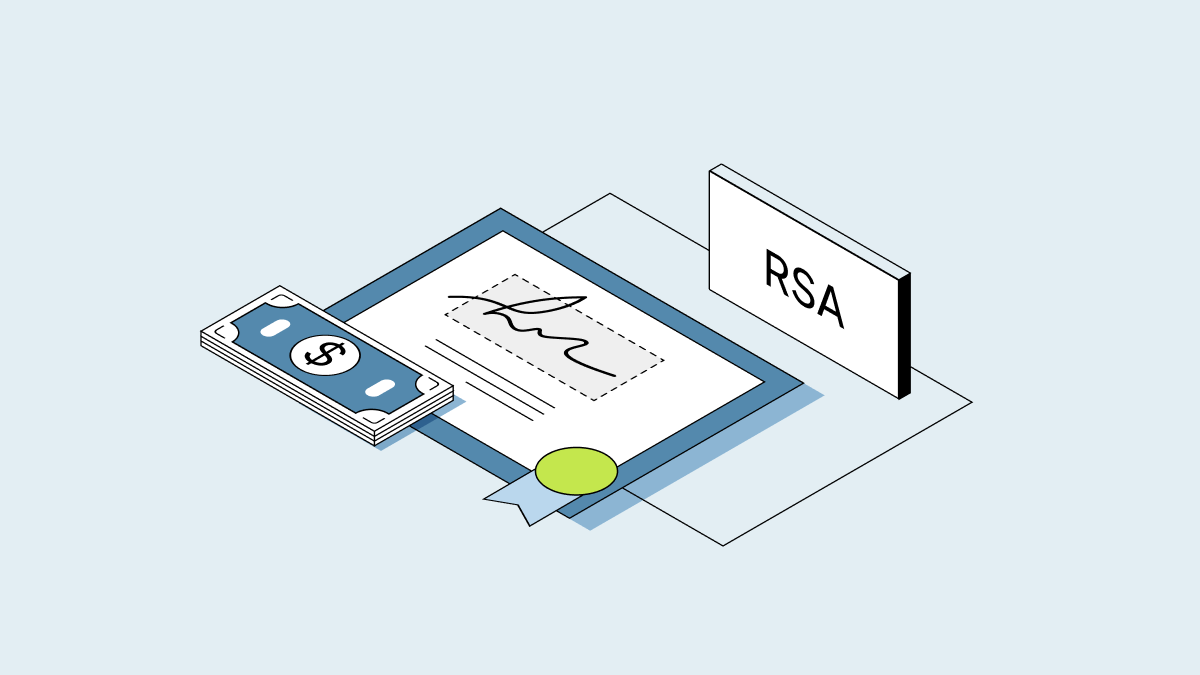What is ARR?
ARR stands for “Annual Recurring Revenue” and is a key metric used by businesses, including startups, to estimate expected revenue from new and existing subscription-based services or products over a 12-month period. ARR takes consistent revenue inflows and outflows into account and can be used to forecast future growth.
ARR vs. revenue
ARR measures only subscription-based revenue for your business. Revenue or “total revenue” for your company will include all incoming cash. Annual revenue is the total amount of incoming cash your company brings in over a 12-month period.
How to calculate ARR
To calculate ARR, you’ll first need to calculate your company’s average Monthly Recurring Revenue (MRR).
ARR vs. MRR
MRR is recurring revenue that is calculated monthly (as opposed to ARR, which is calculated annually). It can be useful to measure monthly changes to recurring revenue.
MRR formula
To determine a single month’s MRR, use the following formula:
MRR = [Total # of Paying Customers] x [Average Recurring Revenue Per User]
From there, you can calculate the Average MRR by adding up the MRR for each month and dividing the result by the total number of months:
Average MRR = (Sum of All MRRs) / (Total Number of Months)
ARR formula
To calculate ARR, multiply the average MRR by 12:
ARR = (Average MRR) x 12
ARR calculations can get complicated. Download Carta’s free ARR calculator to get started.
What’s included in ARR?
Include the following types of revenue and losses when calculating ARR or MRR:
-
Existing annual subscriptions
-
New annual subscription customers
-
Upgrades and upsells
-
Downgrades
-
Customer churn
It’s important to use revenue figures only—not bookings figures. Revenue is actual cash that has come in, while bookings only account for how much a customer has committed to pay you.
What’s not included in ARR?
Although ARR is a useful metric for gauging consistent revenue streams for your company, there are some figures that should be omitted from the calculation, including:
-
One-time fees, such as those incurred for setup, implementation, or training
-
Short-term or non-recurring revenue, such as one-time sales
-
Refunds or customer credits issued
-
Taxes and fees
Common ARR mistakes
ARR is one tool founders and CFOs can use to track the health of their business. However, it’s important to avoid some common pitfalls.
Using ARR as a cash flow metric
ARR only tracks recurring revenue, and should not be used for measuring cash inflows (cash received) and outflows (cash spend). These metrics are generally used for operations, investing, and financing, and are separate from the recurring revenue generated by your business.
Including non-recurring revenue
In addition, you want to leave out non-recurring revenue—one-time payments, consulting service fees, and any other revenue that isn’t consistently generated month over month.
Inaccurate projections
It’s important for founders to model different cases for future revenue growth, and to be realistic about new revenue and churn rates.
Overemphasis on ARR
ARR is one tool in the founder toolkit. Other metrics such as Annual Contract Value (ACV), Customer Lifetime Value (CLV), and Customer Acquisition Cost (CAC) can be supplemental metrics to get a holistic view of the business.
ARR and investor relations
ARR and MRR are among the most important metrics investors will use when evaluating a subscription model business, which is a popular business model for B2B SaaS ( business-to-business, software-as-a-service) companies. ARR tells investors the following information about your company:
-
Existing revenue: Investors like to see predictable revenue patterns, which helps them forecast revenue for future years.
-
New revenue growth: Do you have expected revenue growth through new customer acquisition?
-
Low churn: A combination of a relatively low churn rate, high renewal rates, and a high rate of new customer acquisition all lead to a higher ARR (and therefore higher customer retention).
-
ARR benchmarking: Investors look at the ARR for competitive companies to see how yours compares to other subscription businesses. This also helps them predict your company’s growth potential.



